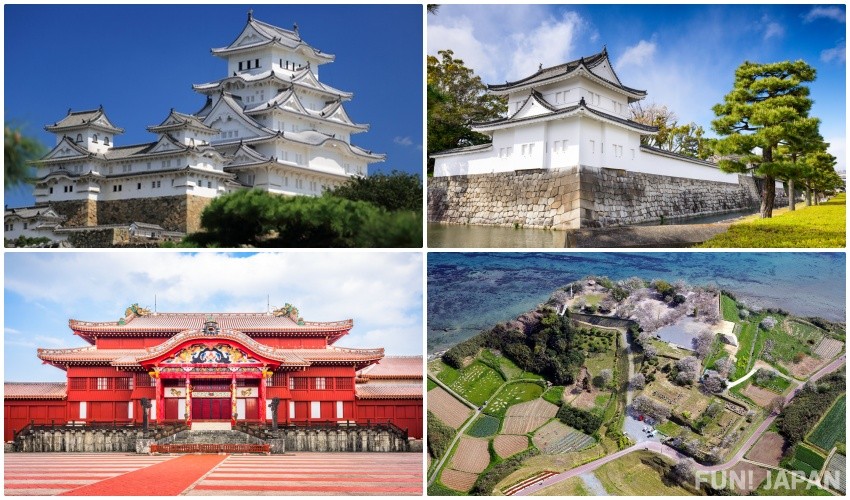
Japan is filled with World Heritage Sites, from historic ruins to nature-filled locations, and even settlements there's much to choose from. One of the World Heritage Sites that many people visit are Japanese castles! In this article, we're going to be listing some Japanese castles that are listed as UNESCO World Heritage Sites.
Himeji Castle - Registered as Japan's Sole Castle Complex World Heritage Site
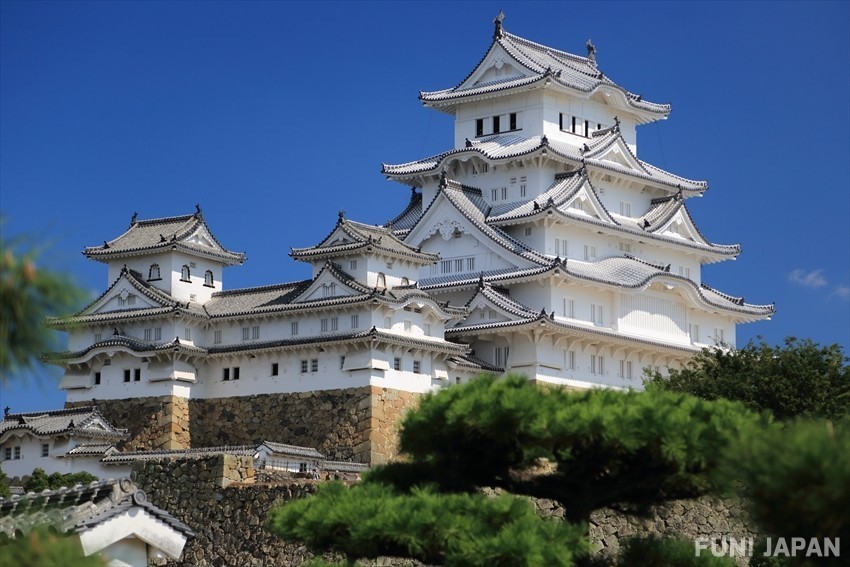
Himeji Castle is one of Japan's most well-known and famous castles, registered as a national treasure, it is the largest among the 12 remaining existing castles across Japan. It was registered alongside Hōryū-ji in December of 1993 as one of Japan's first-ever UNESCO World Heritage Sites. The white earthen wall that decorates the exterior of the castle is always the center of any pictures taken of the castle. It's beautiful to see during spring when it's surrounded by cherry blossom trees or in autumn surrounded by beautiful fire-like leaves.
- Want to know more? Check out this article! → Let's Visit the Historical Wooden Building and World Heritage Site: Himeji Castle
Nijō Castle - One of Kyoto's Cultural Assets
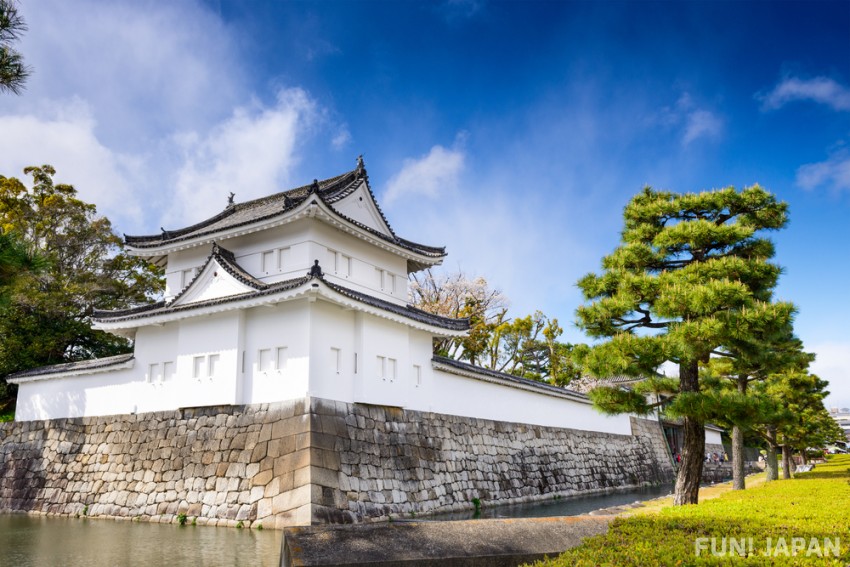
From the year 794 to 1868 Kyoto was the capital of Japan and where the emperor made his home, with the samurai government as the center, moving around to Kamakura and Edo, Kyoto is the home of over 1,000 years of history and is filled with various periods of cultural assets. With the Toji Buddhist temple being built in the 8th century, Kiyomiozu-dera, and Byodoin followed, leaving many beautiful buildings throughout history including Nijō Castle, totaling over 17 historic locations of temples across Kyoto, eventually being registered as a UNESCO World Heritage Site in 1994 as well as a cultural asset of Kyoto. Nijō Castle was the stage of both the start and end of the Edo period of Japan.
The Gusuku Sites and Related Properties of the Kingdom of Ryukyu
The Gusuku Sites and Related Properties of the Kingdom of Ryukyu, which can be found in Okinawa, was registered as the 11th World Heritage Site in Japan in the year 2000. The site contains Shuri Castle Site, Nakijin Castle Site, Zakimi Castle Site, Katsuren Castle Site, Nakagusuku Castle Site, Tamaudun, Sonohyan-utaki Ishimon, Shikinaen, and Sefa-utaki. "Gusuku" actually means "Castle"!
Shurijoushi

Shurijoushi is the most noticeable castle among the 9 we're sure you'll agree. This is the largest wooden castle in the whole of Okinawa, showing the skill and uniqueness of Okinawan castles thanks to the architects from Japan and China that helped build the castle at the time. The castle's main temple, north temple, and south temple burned down in 2019 and is currently a recreation.
- Want to know more? Check out this article! → Okinawa's Famous Spot: Shurijo Castle Park Model Course! Efficiently Tour the Vast Shuri Castle
Nakijinjoushi
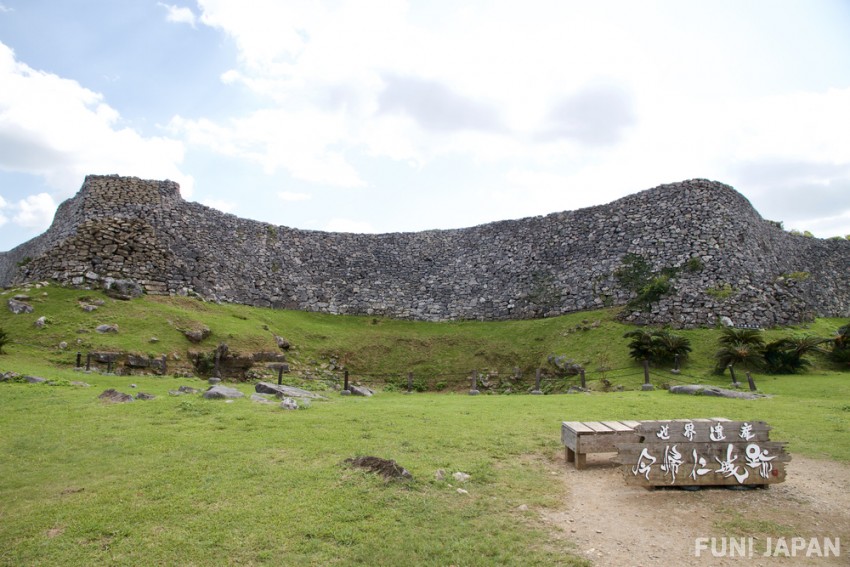
This was the largest castle in the whole of Okinawa. It was one of the 3 Sanzan during the Sanzan period of the Ryukyu Kingdom. It was named Kitayama Castle because it was inhabited by the lord of the North. Located at an elevation of 100m, the stone wall totaled over 1500m in length. It's also famous as a spot for Taiwan cherry trees that bloom every year from the end of January to February.
- Want to know more? Check out this article! → Nakijin Castle Ruins as a Famous World Heritage Site in Okinawa, also Famous for its Cherry Blossoms!
Katsuren Castle

Katsuren Castle is famous and known as the home of the mastermind behind the coup d'état, Amawari. The castle used the precipice of the hill to ensure it was impregnable to enemy forces. The curves of the stone wall give an effeminate feel. If you climb to the top, you're able to look out onto the blue Pacific Ocean, one of Okinawa's many places of scenic beauty.
- Want to know more? Check out this article! → Katsuren Castle Ruins: Okinawa's Oldest World Heritage Castle
Nakagusukujoushi
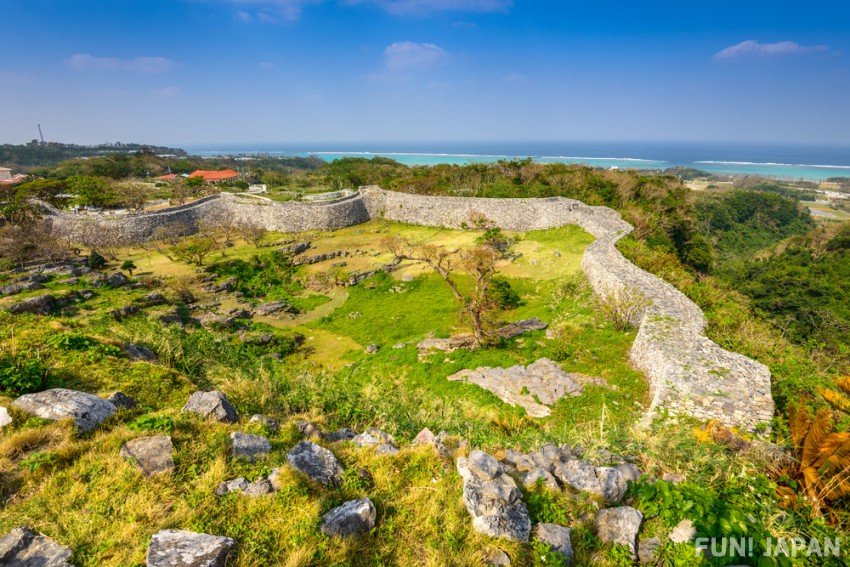
This castle has the most remains of those within this group, and you're able to see curved walls and elaborate arches. The scenery here is amazing, and if you stand atop the stone wall, you're able to see the China Sea to the east and west, as well as the Pacific Ocean to the east, you can even see some islands off in the distance. It's located on a hill at an elevation of 150-170m, with a steep 15m cliff on either side and a steep slope to the northwest, making the castle itself extremely easy to protect.
- Want to know more? Check out this article! → Powerful Stone Wall in Nakagusuku Castle, Okinawa
Zakimijoushi

Zakimi Castle's beautiful stone walls and arches can still be seen to this day, with the arches said to be the oldest within Okinawa. It's an amazing experience to walk up to the peak and see the sights. To the south is Naha, to the north is the Motobu Peninsula and Leshima Island, and to the west are the Kerama Islands.
- Want to know more? Check out this article! → Zakimi Castle Remains: Okinawa's World Heritage Characterized by its Curvaceousness
Hidden Christian Sites in the Nagasaki Region - Harajo
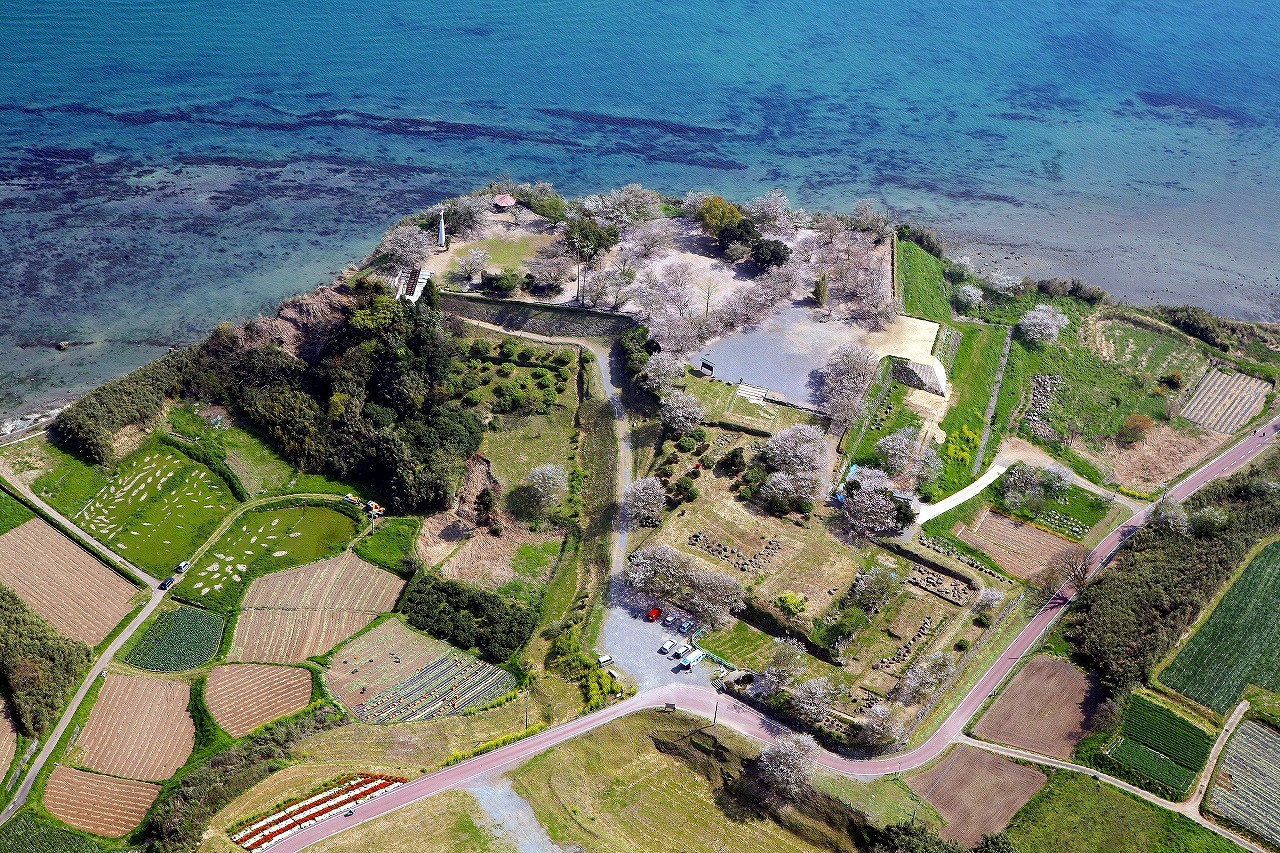
On June 30 of 2018, the Hidden Christian Sites in the Nagasaki Region were registered as a UNESCO World Heritage Site. These are the oldest Christian churches found within Japan, totaling 12 within the sites.
Harajo was a castle built by the Christian daimyō Arima Harunobu from 1599 to 1604. It was the castle where the Shimabara Rebellion took place when the underground Christians revolted. It's also known as the location where 37,000 men under the command of the supreme commander Amakusa Shirō holed up for 88 days.
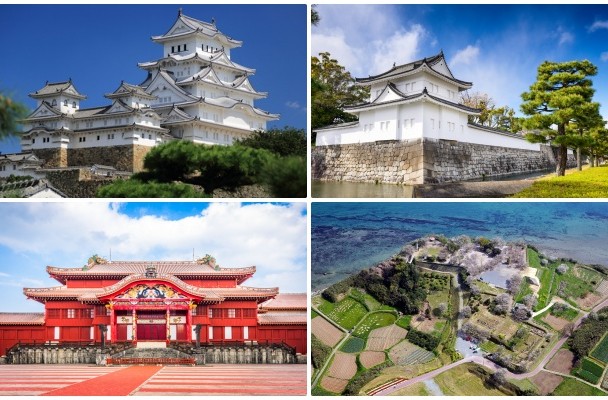
Comments